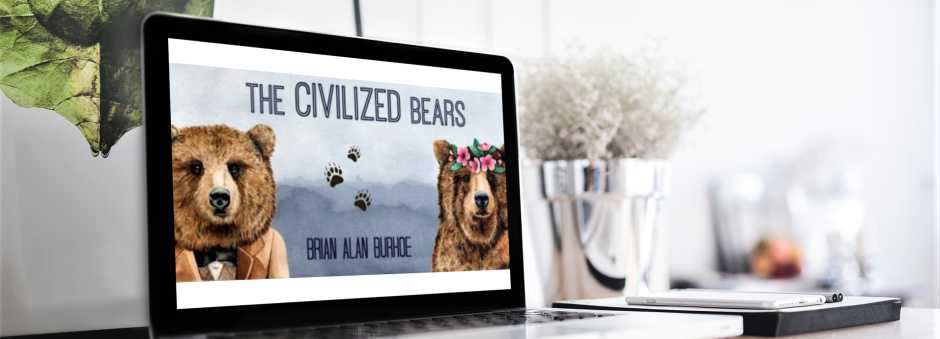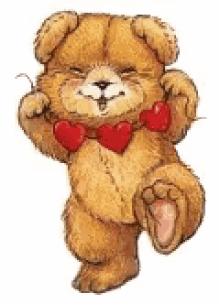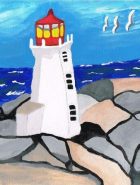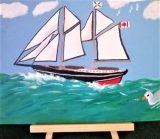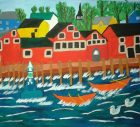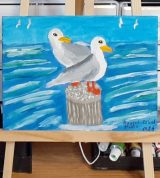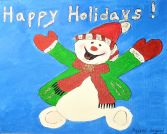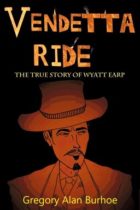Native American Art: Paintings and carvings.
Collecting Native American Art.
Northwest American Indian art is distinct.
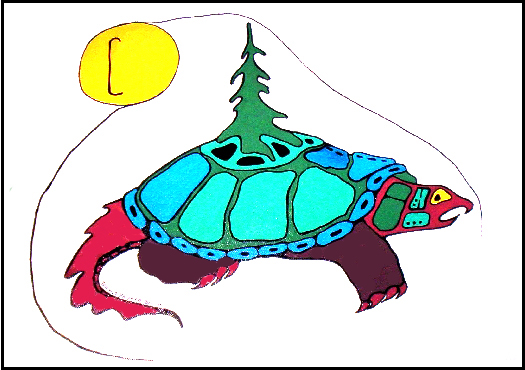
SPIRIT WITHIN: Native American Art — Turtle Island, Bears, Ravens, Owls
Posted by Brian Alan Burhoe.
As a youngster, it was a joy discovering our Canadian First Nations stories, legends and wonder-filled art. I saw it first in our school library. Then a bus ride took me to Saint John’s city library.
The earliest ones, like Silas T Rand’s dusty LEGENDS OF THE MICMACS, were collected and translated by English and French Canadians. Later, First Nations would be involved in telling their own stories. And illustrating them. Those images, those marvelous flowing, life-filled, spiritual images just snatched me up.
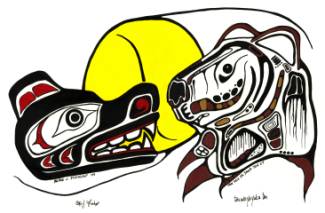
“BEARS UNITED” – Canadian First Nations Bear Art by Alfie Fishgap and Todd Jamieson.
The animals were fantastic. Bears. Wolves. Ravens. Owls. Even whales.
Here, from the knowledgeable Clint Leung, is a Guest Blog you’ve gotta read:
“Native American Pacific Northwest Art Animal Design” by Clint Leung
Introduction – Native American Art
I had lived in Vancouver very briefly as a child. It was during that time when I was first exposed to the art of the Northwest Coast Native American Indians. I was entranced by the towering colorful totem poles out in Stanley Park that everyone gazed at with wonder and appreciation. It took about 30 years later during a return trip to Vancouver when Northwest Coast Native American art caught my eyes again.
I was in Vancouver for business and landed at the city’s new airport terminal. One couldn’t help but notice the huge native carvings near the arrivals area. Later on during my stay, I decided to wander around in the Gastown district. It was in these shops and galleries in Gastown where I fell in love with Northwest Coast Native American art.
I saw many wonderful wooden plaques representing different animals. There were also art prints, paintings, masks, wooden bowls and even furniture with these animals either painted or carved right into the pieces.
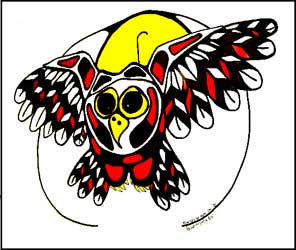
SILENT FLIGHT – The Owl
Native American Art: Why Northwest Indian art is distinct
Northwest Indian art is so distinct from other styles of Native American art that most neophyte admirers can probably spot a piece of aboriginal artwork from the Northwest out of a crowd containing other Native arts.
The main traditional colors of Northwest Indian art are black and red. Black is the primary color used in the forwhich is themline outline for the body of the subject. Although Native artists use commercial paint these days, black color was derived from charcoal, graphite or lignite coal in the old days.
The secondary elements of the subject are usually painted red. Red colors were derived from red ochre and hematite minerals before the days of paint.
The Shapes Used in Northwest Native American Art
With further analysis of Northwest Indian art, you realize that the different shapes used by Northwest Native artists in their artwork are what produces the characteristic Northwest look. Each of these main shapes is discussed below with examples shown from authentic artwork by Northwest Native artists.
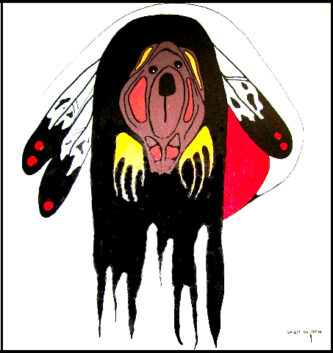
SPIRIT WITHIN – Native American Art
The Formline of Northwest Indian Art
The formline of Northwest Indian art is the main line that outlines the body of the subject whether it is a person or animal. Different parts of the subject such as the head, joints and other body parts (arms, legs, wings, etc.) are defined by the formline. The formline is usually black in color but can sometimes be red. The thickness of the formline itself can change at various places and contains all the other shapes used for a subject.
The Ovoid Shape of Native American Art
The ovoid is the most dominant shape in Northwest Native art. It’s like a rounded rectangle with inner tension pushing the top to form a convex, similar to the shape of a bread slice. The lower side is sometimes seen with a concave at the bottom.
These oval like shapes vary in size proportions, depending on the kind of subject or creature they are used to symbolize. But all ovoids have the same common qualities whether they are long and slender or fat and round.
Larger ovoids may be used to form the head of a subject, eye sockets, major joints, wings, tails or fins. Smaller ovoids may be used to form joints, eyes, ears, noses or contain faces. Sometimes ovoids are used to help fill empty spaces and corners.
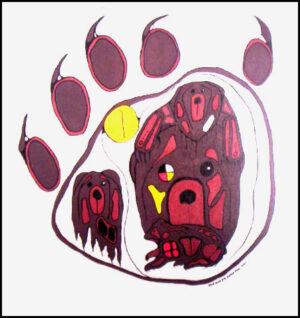
Bear Paw Spirit – Native American Art
Most of the time, the entire body of the animal will be outlined by the formline, but not always. Sometimes only the head, wing, tail or foot will be shown to represent the animal in a different profile.
A bit technical, perhaps. But this helps explain why First Nation art is so collectable today.
Certainly, if you want to understand Native American and Canadian culture it’s all there: in their spoken words and their artwork.
Thank you, Clint, for insightful look at modern Native Art!
Are you as fascinated by First Nation Story & Art as I am?
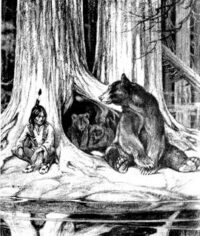 If so, you’ve got to read my popular short story “THE BOY WHO WAS RAISED BY BEARS.” A Traditional Native American Animal Story & Folktale Retold.
If so, you’ve got to read my popular short story “THE BOY WHO WAS RAISED BY BEARS.” A Traditional Native American Animal Story & Folktale Retold.
Talking bears and human children adopted and raised by loving mother bears are common story themes in both Old and New World oral traditions. Even J R R Tolkien wrote about both Beowulf and “Bear’s Son Tales in European folklore.”
“Loved this beautiful Animal Tale. Loved Giju’muin, the strong Mama Bear. Perfect!” THE BOY WHO WAS RAISED BY BEARS
SOURCE Clint Leung was the Founder of the Free Spirit Gallery. The gallery was an online information resource for Inuit art from the Arctic north and Northwest Native art. Also featuring Indigenous carvings, sculptures, prints and paintings. And numerous informative articles and videos, an excellent research source.
Clint Leung also provided fascinating material for my post NATIVE AMERICAN LEGEND: Wild Woman of the Woods – Woman of the Mask.
Do You Want To Read My Animal Stories On Your Mobile Cellphone Or Tablet? Go to my Mobile-Friendly BrianAlanBurhoe.com…
ART ABOVE – CREDITS Two First Nation Artists.
“BEARS UNITED“ Here is a very special and rare Native art limited edition print because it features not just one Native artist. But two great Native artists representing two different Native art styles on a single artwork! On the left is a Northwest Native art bear by Alfie Fishgap who represents the Coast Salish Nation from the West Coast. It’s looking at a Woodlands Native art bear by Todd Jamieson of the Oneida Nation in Ontario.
The other paintings are by Todd Jamieson on his own. Todd is a master artist and lives in Brampton, Canada.
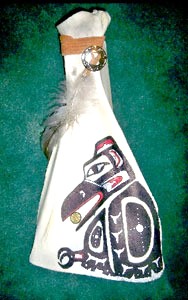 RAVEN CARVING. This is a magnificent Pacific Northwest Native art carving of a raven by Alfie Fishgap, who is of Coast Salish Nation, BC background.
RAVEN CARVING. This is a magnificent Pacific Northwest Native art carving of a raven by Alfie Fishgap, who is of Coast Salish Nation, BC background.
Northwest Coast Indian art bird carvings are really popular. Important birds from Northwest Coast Indian culture include eagles, thunderbirds, owls and ravens.
Artwork images presented here with permission.
About the artists: Todd Jamieson and Alfie Fishgap can both be found on Facebook.
TAGS Native American culture, Native American art, Native American Indian, American Indian, Indigenous, First Nation, Formline art shape.
